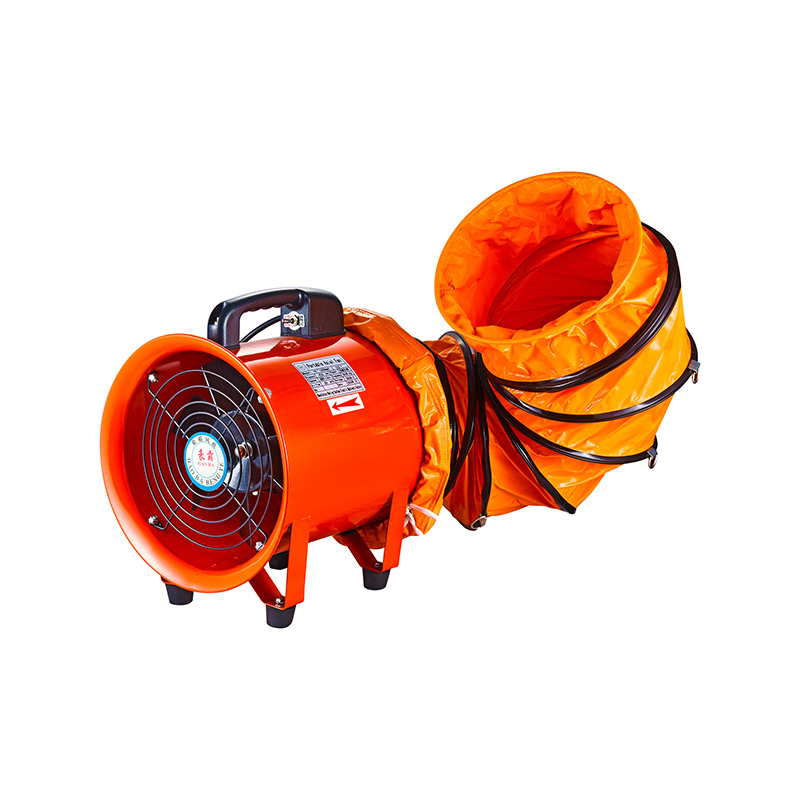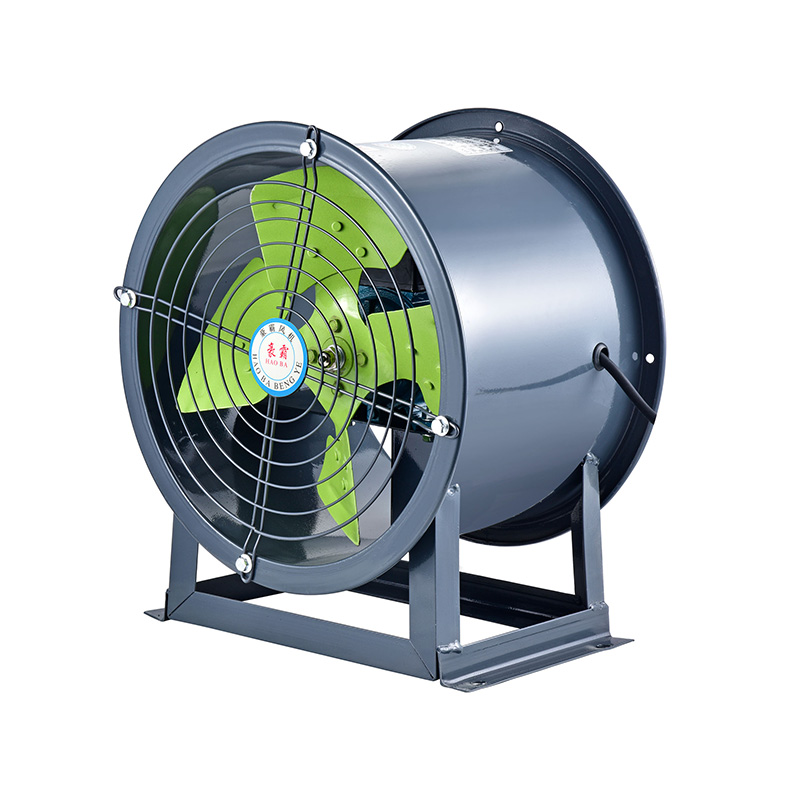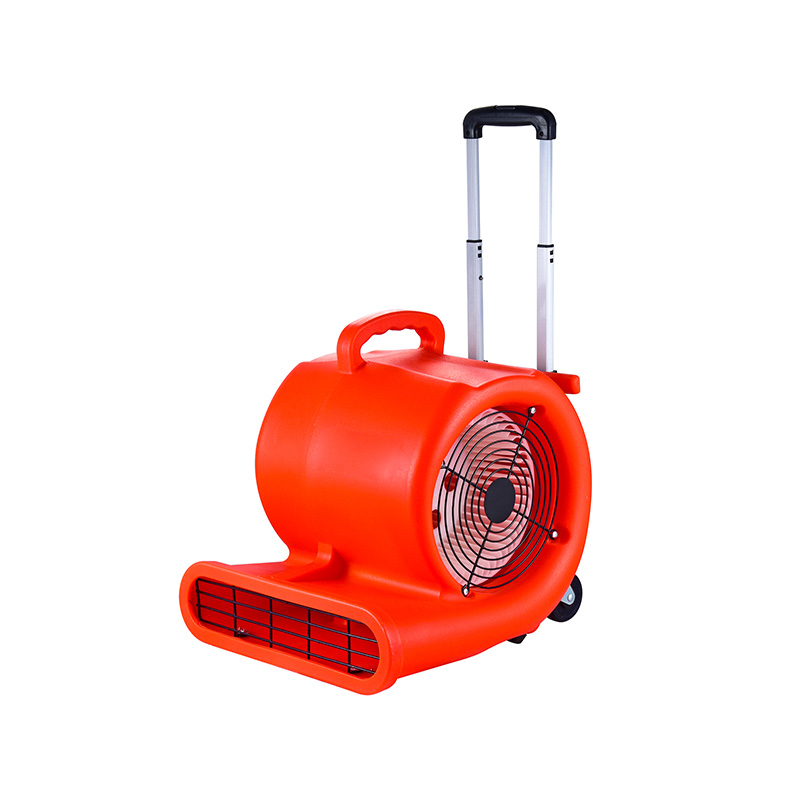Key Differences Between Inline Fans And Duct Fans
2025-07-08
When it comes to ventilation systems, understanding the various types of fans available is crucial for selecting the right equipment for your needs. Among the common types, inline fans and duct fans are often discussed, yet many people confuse the two or use the terms interchangeably. While both serve the essential purpose of moving air through ductwork, their designs, applications, and performance characteristics differ. This article aims to clarify the key differences between inline fans and duct fans, highlighting their unique features and suitable uses.

At one glance, inline fans and duct fans might seem similar because both are installed within ventilation ducts to facilitate airflow. However, one of the primary distinctions lies in their structural design. Inline fans typically refer to axial ventilators that are installed directly in a straight section of ductwork. These fans move air along the axis of the fan shaft, pushing or pulling air in a linear direction. Axial ventilators are favored for their simplicity, relatively compact size, and ability to handle large volumes of air with moderate pressure. They are commonly used in HVAC systems where the duct layout allows for straight airflow paths.
In contrast, duct fans encompass a broader category that includes fans installed inside ducts, but not limited to axial types. One important example is the industrial centrifugal blower, a type of duct fan that uses a rotating impeller to move air perpendicularly to the fan shaft. Industrial centrifugal blowers are well known for their ability to generate higher pressure compared to axial ventilators, making them suitable for applications where air must be pushed through longer duct runs or systems with resistance caused by filters, bends, or dampers.
Another notable difference between inline fans and duct fans is their typical application environments. Inline fans, especially axial ventilators, are often used in residential or light commercial ventilation systems. They provide efficient airflow for exhaust or supply air in settings like bathrooms, kitchens, or small office spaces. Their straightforward installation and quieter operation make them a practical choice where moderate airflow is required without significant pressure demands.
On the other hand, industrial centrifugal blowers, as a type of duct fan, find their place predominantly in industrial and heavy commercial settings. These fans are designed to handle challenging environments, such as manufacturing plants, warehouses, and workshops. Industrial roof ventilators often complement these systems by facilitating air extraction or supply at roof level, working together with duct fans to maintain effective ventilation and air quality. The combination of centrifugal blowers and roof ventilators is common in situations requiring the movement of contaminated air, dust, or fumes, where robust performance and durability are essential.
Performance differences also set inline fans and duct fans apart. Axial ventilators excel at moving high volumes of air with low to moderate static pressure. This makes inline fans efficient for systems with small airflow resistance. However, when faced with higher pressure requirements, axial ventilators might struggle to maintain adequate airflow. Industrial centrifugal blowers, with their ability to generate higher static pressure, are better suited for such demanding applications. They can push air through complex ductwork and overcome obstacles that would otherwise reduce airflow efficiency.
Maintenance and installation considerations further highlight differences between the two. Inline fans, due to their simpler axial design, are generally easier to install and maintain. Their compact form allows for straightforward placement within straight duct sections, less the need for additional structural support. In contrast, industrial centrifugal blowers tend to be larger and more complex, often requiring secure mounting and regular maintenance to ensure good operation. Industrial roof ventilators connected with these blowers must be designed to withstand outdoor conditions, including weather exposure, adding to installation considerations.
Energy consumption is another factor to consider. Inline fans with axial ventilators often operate at lower power levels because they work efficiently under low-pressure conditions. Industrial centrifugal blowers might consume more energy due to their capacity to generate higher pressure, but this trade-off is necessary for applications where airflow resistance is significant. Selecting the right type of fan based on the system’s specific airflow and pressure requirements can lead to better energy efficiency overall.
To summarize, while inline fans and duct fans both serve to move air within ventilation systems, their differences in design, performance, application, and maintenance are significant. Inline fans primarily refer to axial ventilators that move air along the duct in a straight line, suitable for low to moderate pressure scenarios, and commonly used in residential and commercial settings. Duct fans, which include industrial centrifugal blowers, provide higher pressure airflow, ideal for industrial applications with complex duct layouts and significant resistance.
Additionally, the integration of industrial roof ventilators with duct fan systems enhances the overall ventilation performance, especially in industrial environments requiring effective air exchange. Understanding these differences helps in selecting the appropriate equipment to meet ventilation goals while maintaining energy efficiency and system reliability.
Choosing between an inline fan and a duct fan depends largely on the specific demands of your ventilation system, including airflow volume, static pressure, noise considerations, and installation constraints. By carefully assessing these factors, you can ensure that the selected fan type will provide effective and reliable ventilation tailored to your environment.

 English
English русский
русский عربى
عربى









